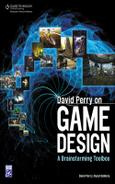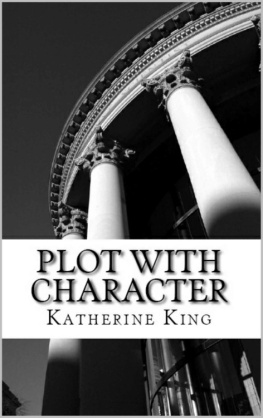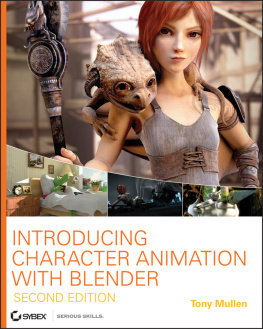Preface
My initial thoughts when I began preparing material and subjects for a book concerning character design were, I suppose, similar in essence to many of the books, manuals, and guides that had inspired and influenced me since my childhood. Almost without thinking, I began to fall into a rhythm for the book that featured a list of chapters explaining and illustrating various topics concerned with the subject at hand.
Very soon though, it started to feel like nothing more than a tedious list of what to do and what not to do. Obviously, this sort of content is and should be at the core of any instructional book, but confronting a student or anyone keen to learn with a checklist of points to remember and emulate was never the best way to learn at school, so I wanted my book to avoid falling into the same trap. That said, it could still be argued that this learn-by-list technique is valid to a pointafter all you do need to learn the basics from somewherebut such a dry, factual approach can quickly become boring and even counter-productive. Most importantly, it can lack the expressive fluidity essential for making artwork that is as engaging and invigorating as it is informative and instructional.
Luckily, character design is a subject that lends itself well to a loose, creatively liberated approach. Throughout the chapters that follow are pages upon pages of instruction, guidance, and advice by seasoned professionals from a variety of disciplines. Advice from such experienced artists is essential in helping you develop and hone your own skills, but for every polished piece of deliverable artwork youll see in the book, there are many more examples rendered in a looser style, complete with mistakes, thumb-smudges, and scribblesall illustrating the fact that while a final character concept drawing might look amazing without a line out of place, it actually takes a lot of trial and error to achieve such a standard of finish.

This, then, became the most important aspect of Character Design from the Ground Up: to inform and instruct, but never at the expense of the excitement involved in creating a drawing from nothing but imagination. That is surely the reason we choose to practice art in the first place, and I hope this book manages to capture a little of that.
Kevin Crossley

Introduction
As children we all love to draw. In fact, some of us love to draw so much during our junior years, we dont see anything wrong with moving our epic doodles onto our bedroom walls when we run out of paper (sorry mom)! We love drawing characters more than anything else. Even before we become pre-schoolers, we learn to anthropomorphize the world we see, giving faces to trees and personalities to inanimate objects. Its a habit that evolves as we develop: we draw monsters and aliens, pirates and robots, witches and fairies, as well as ourselves and our families. We make up stories and populate them with these characters, creating epic little dramas as wild and innovative as our burgeoning imaginations, and when those drawings spill over page after page, they often do so accompanied by sound effects and outlandish gestures. A child will not think twice about doing any of this. Its in our nature; its just the way our minds are wired.

The first characters I really loved to draw were invariably monsters of some kind!
This innate ability is encouraged throughout our early school years. Almost every subject features art or drawing as a natural aid to the learning process; in math and science classes we draw graphs, charts, and design experiments on paper, while history and geography are well suited for the young imaginer to explore those subjects by producing all sorts of artwork, including, of course, character art. And so our imaginations are perpetually engaged, our pencil hand gets regular exercise, and we never seem to run out of reasons to design and draw new characters.
However, as we get older, we become more self-conscious of our drawings and less confident of our ability, particularly through our teenage years. This negativity is bolstered by the fact that as subjects at school become more academically focused, the art element that used to permeate through all is much reduced, and so many of us simply drift away from drawing.

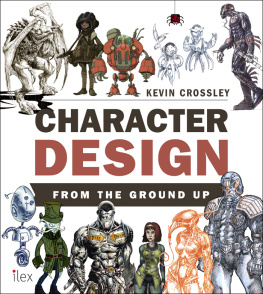
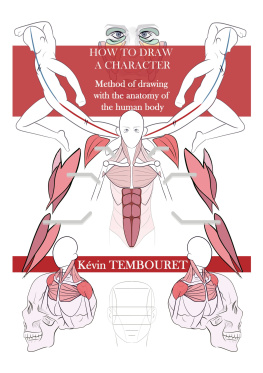
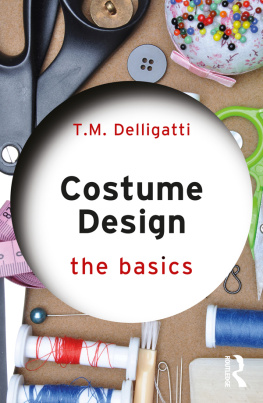

![Helen Q. Huang [黄其智] - Character Sketch: A Drawing Course for Costume Designers](/uploads/posts/book/307621/thumbs/helen-q-huang-character-sketch-a.jpg)
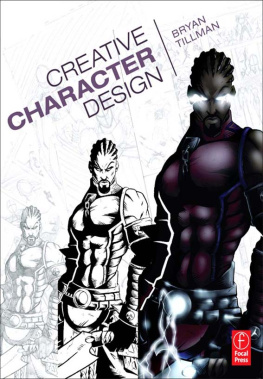
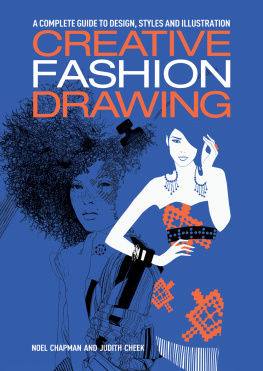
![Scott Rogers [Scott Rogers] - Level Up!: The Guide to Great Video Game Design](/uploads/posts/book/119441/thumbs/scott-rogers-scott-rogers-level-up-the-guide.jpg)
